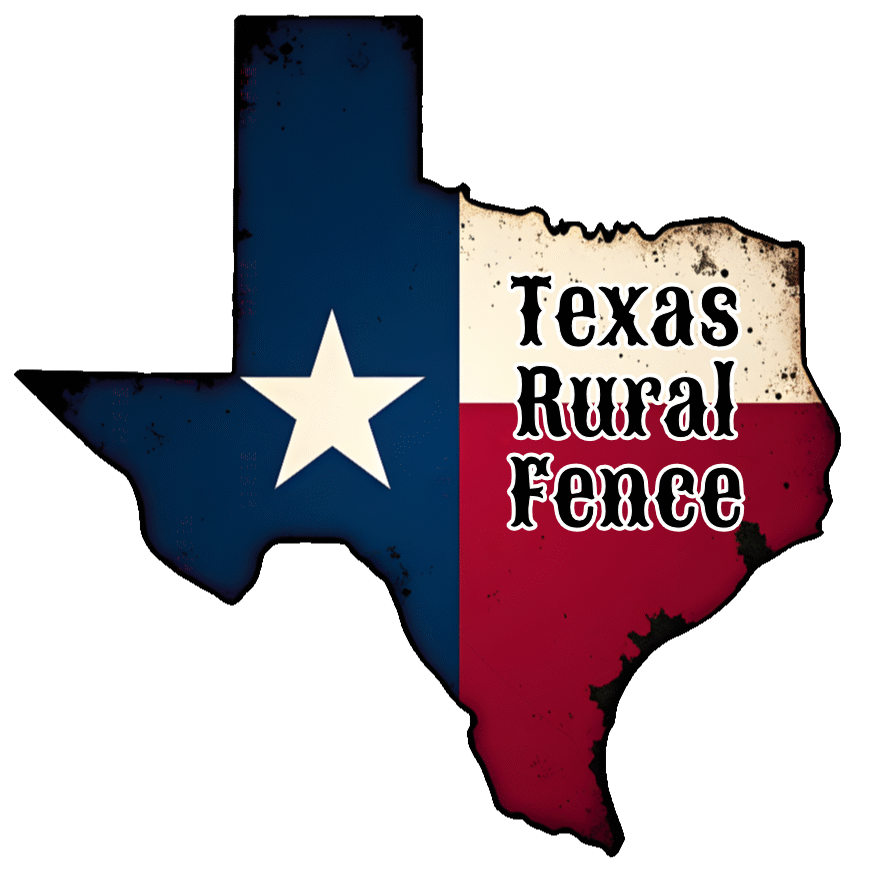Why Choose Texas Rural Fence, Inc. for Your Corral Board Fence Project in Southeast Texas?
Corral board fencing is a classic choice for farms, ranches, and homes in Southeast Texas. Known for its strength, versatility, and timeless appeal, it’s the perfect solution for securely containing livestock while enhancing the look of your property. When it comes to building or upgrading your corral board fence, Texas Rural Fence, Inc. is your trusted partner. Here’s why we are the best choice for your project.
1. Unmatched Expertise in Corral Board Fence Construction
At Texas Rural Fence, Inc., we specialize in crafting durable, high-quality corral board fences designed to meet your specific needs.
- Precision Craftsmanship: Our team of skilled professionals ensures every board and post is installed to perfection.
- Custom Design Solutions: We tailor your fence to fit the unique requirements of your property—whether you need a sturdy enclosure for livestock or a decorative boundary for your ranch or home.
- Experience You Can Count On: With years of experience serving Southeast Texas, we understand the challenges of building fences that withstand the region’s climate and terrain.
2. High-Quality Materials for Long-Lasting Fences
A corral board fence is an investment, and we make sure you get the most value by using only premium materials.
- Pressure-Treated Wood: Resistant to rot, decay, and pests, our boards and posts are built to last, even in Texas’s humid climate.
- Customizable Finishes: Choose from natural, stained, or painted wood to match your property’s aesthetic.
- Sturdy Hardware: From galvanized nails to heavy-duty brackets, we use durable materials to keep your fence secure and stable.
3. The Benefits of a Corral Board Fence
Corral board fences are not only functional but also versatile and visually appealing.
- Livestock Safety: The smooth, sturdy boards protect animals from injury while providing a secure enclosure.
- Curb Appeal: A well-crafted corral board fence adds rustic charm and value to your property.
- Durability: With proper installation and materials, corral board fences can withstand years of use and Texas weather.
- Adaptability: Perfect for horse pastures, cattle enclosures, or decorative fencing around homes and gardens.
4. Save Time and Money with Professional Installation
While building a corral board fence might seem like a DIY project, it’s a time-consuming and physically demanding task. Hiring Texas Rural Fence, Inc. ensures:
- Efficient Construction: Our team handles every step of the process, from digging post holes to securing boards, saving you valuable time.
- Cost-Effective Results: Avoid costly mistakes that could arise from improper installation or inferior materials.
- Expert Tools and Techniques: We use professional-grade equipment and proven methods to ensure your fence is straight, strong, and visually appealing.
5. Tailored to Southeast Texas Living
The climate and terrain of Southeast Texas require a fence that’s built to withstand unique challenges. At Texas Rural Fence, Inc., we design fences to handle:
- Weather Conditions: Our fences are built to resist the wear and tear caused by high winds, heavy rains, and intense heat.
- Challenging Terrain: Whether your property is flat, hilly, or uneven, we adapt our installation process to ensure a secure and level fence.
6. Why Texas Rural Fence, Inc. Stands Out
- Commitment to Quality: We don’t cut corners. Every fence we build is designed to exceed your expectations.
- Transparent Pricing: With no hidden fees or surprise costs, you can trust us to provide an honest, fair estimate.
- Exceptional Customer Service: We prioritize your satisfaction, working closely with you to understand your vision and make it a reality.
- Locally Owned and Operated: We are proud to serve Southeast Texas communities, and we understand the needs of local farmers, ranchers, and homeowners.
7. Built to Last, Backed by Trust
When you hire Texas Rural Fence, Inc., you’re investing in more than just a fence—you’re investing in peace of mind.
- Guaranteed Workmanship: We stand behind every fence we build, offering warranties and maintenance support.
- Timely Completion: We respect your time and complete projects on schedule without sacrificing quality.
- A Trusted Name: Our reputation in Southeast Texas is built on integrity, professionalism, and outstanding results.
Let Us Build Your Dream Fence Today!
A corral board fence from Texas Rural Fence, Inc. combines durability, functionality, and beauty, making it the ideal choice for your farm, ranch, or home.




